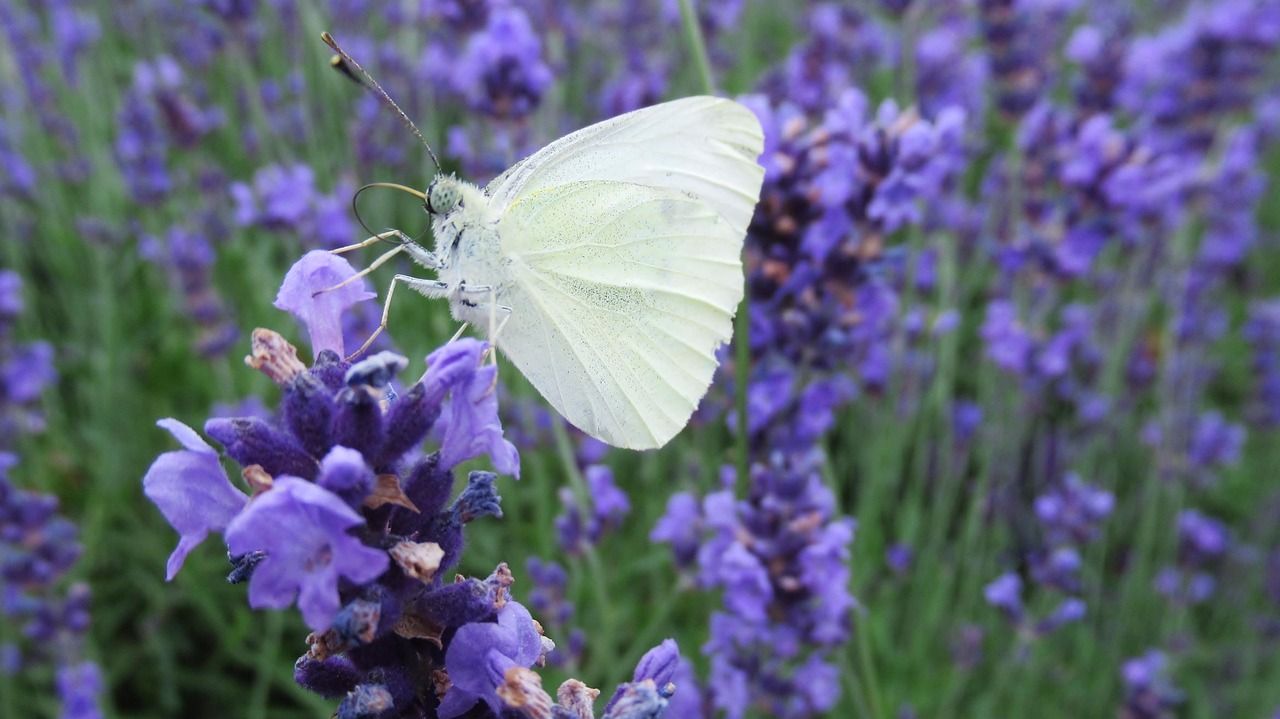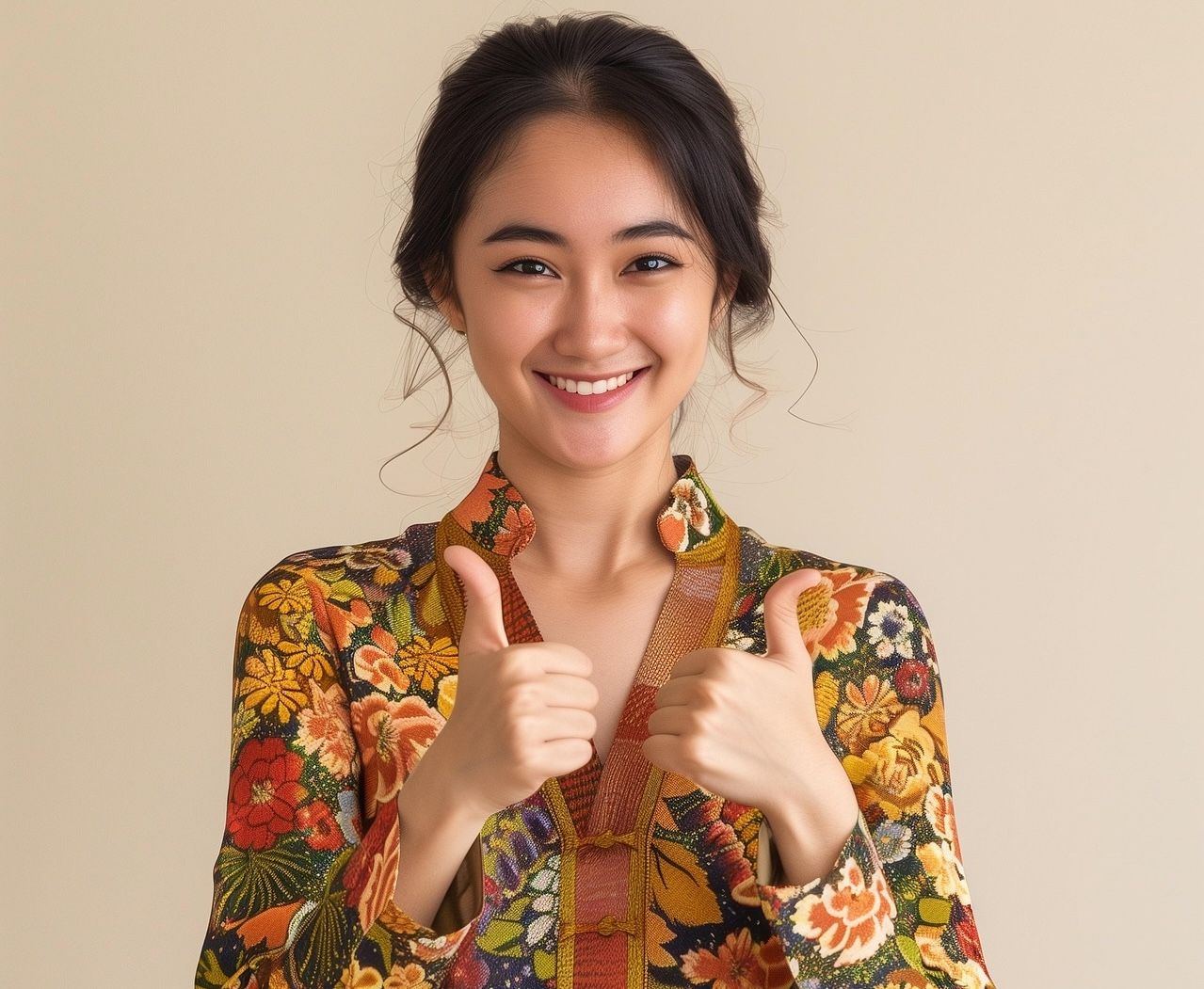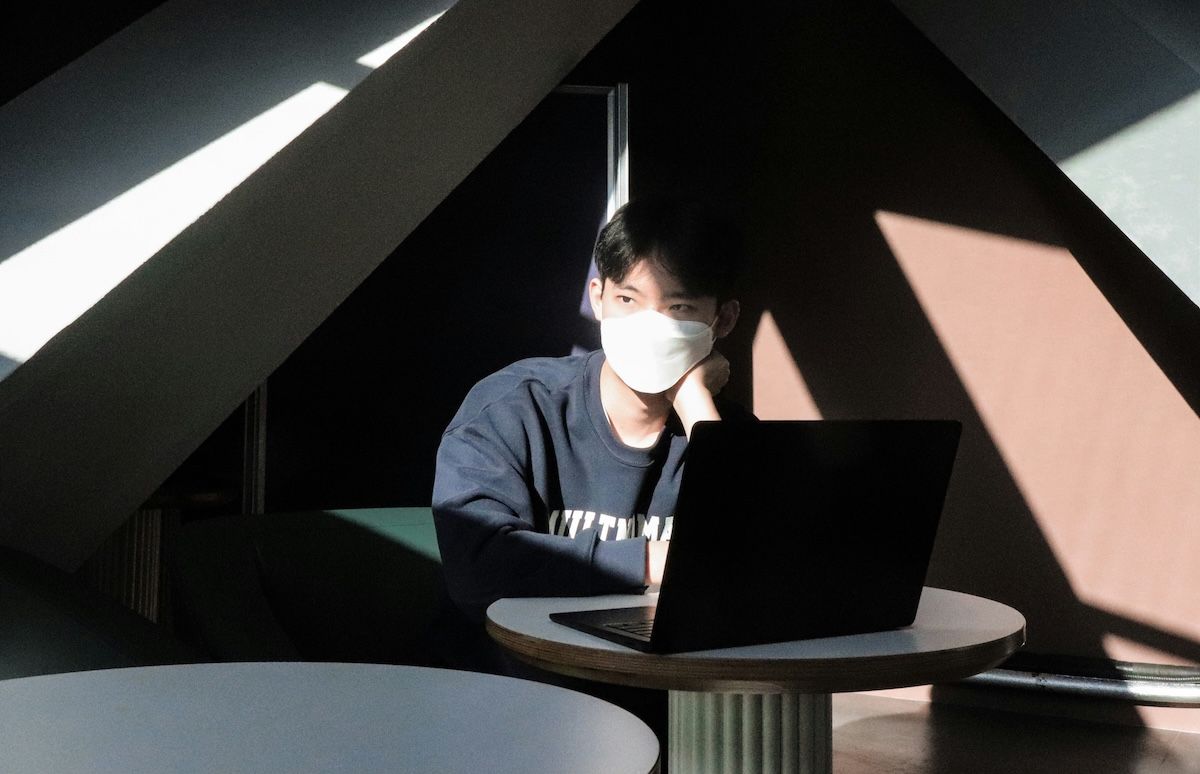The Research on Biofield Therapy for Fatigue in Cancer Patients
A study by Shamini Jain that was published in the journal Cancer in 2012 looked at biofield therapy to address fatigue in cancer patients. They found biofield therapy significantly reduced fatigue (p<.0005; that means there is less than a 5 in 10,000 chance that the difference was not because of the therapy).
The theory
Jain and her team noted that fatigue is one of the most common and debilitating complaints of people with cancer. Additionally, they noted that biofield therapy (treatments like Reiki and Healing Touch) are popular among cancer patients, but there is little research about the effectiveness of these therapies. They wondered if biofield therapy could be helpful for fatigue in cancer patients. This study was a follow-up to Jain’s published dissertation, which we blogged about in March 2022.
The study setup
The study was a blinded, randomized, controlled study. Participants were adult, female breast cancer survivors. Participants used RAND 36-Question Health Survey. Those scoring below 50 on the assessment qualified for participation.
Study conditions were biofield therapy, mock therapy, and a waitlist control group. Researchers offered participants in the mock and waitlist groups five biofield therapy sessions. Over the course of four weeks, patients received eight hourlong treatments of biofield therapy or mock healing.
Measures
Fatigue: The primary outcome researchers assessed was fatigue, measured by the Multidimensional Fatigue Symptom Inventory – Short Form.
Cortisol variability: Researchers also examined diurnal cortisol variability, assessed by cortisol slope. Salivary cortisol levels were measured. Participants took saliva samples in the morning, at noon, at 5:00 and at 9:00.
Other psychological outcomes: The Center for Epidemiological Studies Depression Scale-revised measured depression. The Functional Assessment of Cancer Therapy-Breast (FACT-B) measured quality of life. Researchers also assessed patients’ belief in the therapy to see how much belief affected results.
Study results
Belief: Patients in the real and mock healing groups were not good at guessing what treatment they received: in both groups, 75% of patients thought they were receiving the real healing.
Fatigue: The biofield healing group received a tremendous reduction in fatigue, as mentioned. The mock healing group also received a statistically significant reduction in healing (p<.02).
Cortisol: The biofield group had a significant change in cortisol variability compared to both the mock healing and control groups (p<.04).
Quality of life: While belief did not predict fatigue or cortisol variability, it did predict quality of life. Patients who believed they were receiving healing experienced a greater quality of life; belief itself was more a predictor than treatment (p=.004).
Depression: There was no difference in depression scores after treatment in either treatment group (biofield or mock therapy).
How much of the reduction was because of rest?
Both biofield and mock healing groups experienced reduced fatigue, which indicates that part of the benefit may come from factors outside the biofield therapy itself. Both groups had a chance to rest twice a week for an hour at a time during the study. It is possible that basic human touch and clinical interaction also contributed to the fatigue reduction.
However, the difference between the biofield and the mock group was large. The biofield group received a larger effect size in reduction of total fatigue, as well as on the physical and mental fatigue subsets.
Why this study matters
Biofield therapies are increasingly popular and have gained traction in the cancer community. However, the research supporting these therapies has not grown as quickly as their popularity warrants. This study adds to the research supporting biofield therapy as an adjuvant therapy for cancer.
If you like reading about research in the field of energy psychology, follow our blog and check out the research section of our web site. If you want to contribute to the research, please do! ACEP has partnered with Peta Stapleton of Bond University to collect data on various energy psychology modalities. You can read more about it here.
Shamini Jain is a clinical psychologist, scientist, and founder and CEO of the Consciousness and Healing Initiative (CHI), a nonprofit connecting scientists, health practitioners, innovators, and social entrepreneurs to advance the science and practice of healing. She is a leader in the field of consciousness, biofield therapy, and healing. Jain is the author of Healing Ourselves: Biofield Science and the Future of Health.
Author
Sarah Murphy, LPC, NCC is a clinician in private practice. She also serves as staff therapist for Unite for HER. Sarah serves on the board and chairs the communications committee of ACEP. She loves blogging about research.
Photo by Mel Elías on Unsplash



